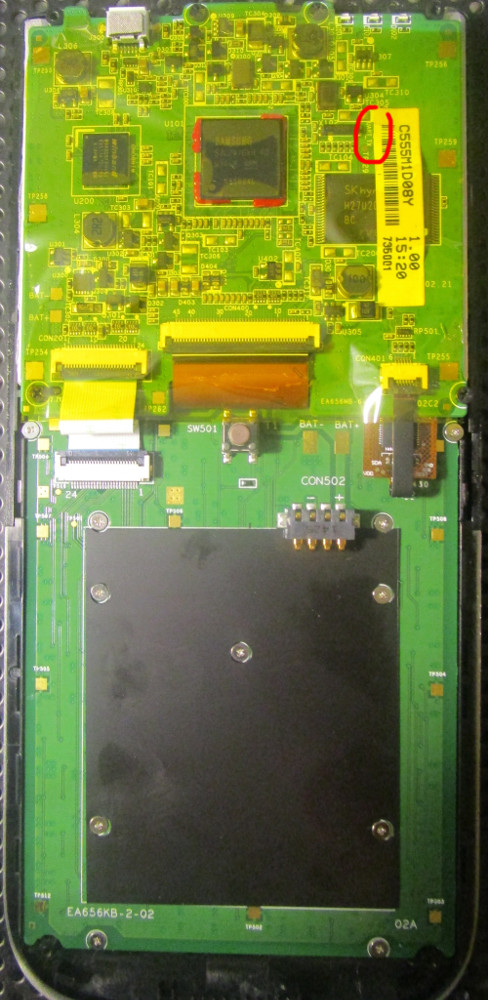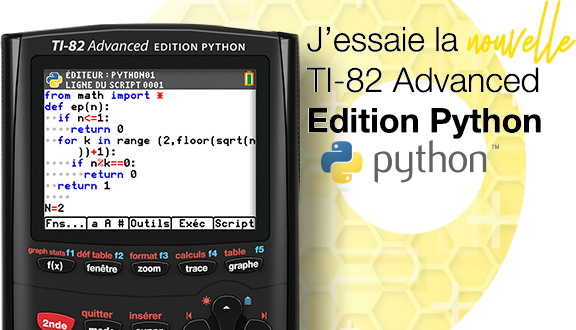 by jean-baptiste boric » 19 Jan 2016, 00:19
by jean-baptiste boric » 19 Jan 2016, 00:19
compsystems wrote:> .. As native development on the HP Prime requires ripping open said calculator and soldering a few wires to access the UART
>> please can include images of pin RS232 connection
Thanks
The pads (UART_RX, UART_TX) are labeled on the motherboard, BAT- can be used for ground. On the revision A hardware they are located to the right of the SoC chip, on the revision C hardware they are located above the NAND chip.
Unfortunately I kinda sprayed hot glue all over the place to prevent the wires from ripping out the pads, so aside from a big patch of glue you wouldn't see much. If you have trouble finding the pads, let me know which revision hardware you have. If it's revision A I can highlight the pads on a picture from the web ; if it's revision C I'll need you to post a picture of your motherboard since I can't find one on the web.
Also, please take note that this is
not RS232, it's 3.3v TTL. You'll fry the UART and possibly more if you directly hook up a PC serial port to the HP Prime.
Adriweb wrote:- C compiler: same issue as on the Nspire: you'd need to port a compiler to this device/ARM, and the RAM is low...
- Python interpreter: once some console I/O lib has been done, probably MicroPython can be ported as it was done on the Nspire
- QBasic : don't know about this one, but probably the same sentence as the python interpreter applies
Any of which would at least require porting a real-time operating system and figuring out the hardware. I wouldn't hold my breath waiting for a homebrew port of Lua on the HP Prime.
Though I guess TCC or PCC could fit in 32 MiB of RAM.


 Mais depuis il a évolué, est capable d'afficher sur l'écran et commence même à gérer les touches clavier !
Mais depuis il a évolué, est capable d'afficher sur l'écran et commence même à gérer les touches clavier ! 



























